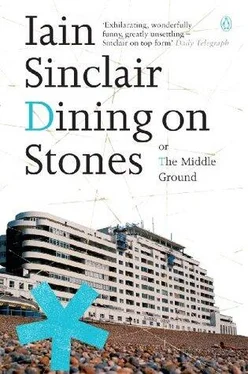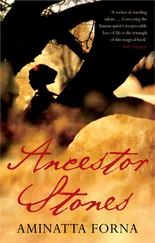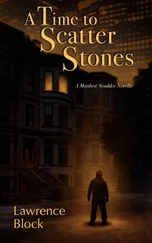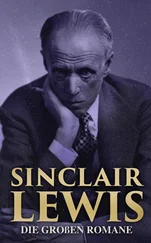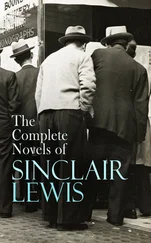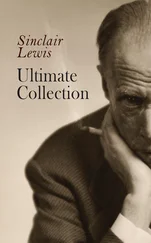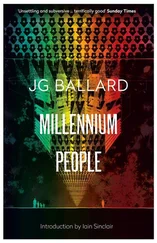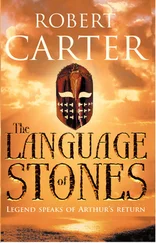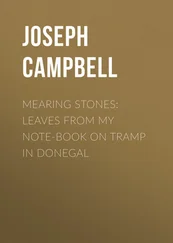I have been told by a friend youre thinking of doing the A13 next can I help. I am a dowser I will meet and show you its very simple. I’m not working everyday next week is good. I must say Andy I enjoy your books about London when they are real and not too fancyful. Anyway Andy good luck mate.
Ponder a local mystery, the locked room of David Rodinsky, and the phone will ring: a woman with the death certificate, the location of the grave. It gets to the point where you daren’t make a note, jot down a bright idea. That’s why I gave up, years ago, any attempt to publish fiction. I understood that you had to be an established journalist, dictating a column, inventing contrary opinions, faking outrage, to get a novel published. I hung around too long doing the inches on pit bulls, CCTV, gangsters’ tailoring. Novelty’s the game, fresh blood. Ten years of sponsored discontent, sub-Orwellian engagement with society and its ills, sidebars on Big Brother and the Millennium Dome, left me in limbo. Commissioning editors lost interest. Hacks I’d trashed took their revenge. I should have recycled decades of research, foot-slogging expeditions up the Lea Valley and along the Thames, as fiction. But it was too late. I was as old as I looked. No serious convictions, no previous. No family. Never appeared on TV.
I envied Track. She did what she did, not caring if anybody came to the studio, if there were no exhibitions, no sales. The woman couldn’t stop grinning. The only problem was finding space in which to work, putting up with constant relocation; being dispersed, deeper and deeper into Essex. Brick Lane to a Portakabin on Rainham Marshes in three years.
Danny Folgate, master of apparatus, was another contented human. His art was a craft, no editors or producers to appease. No foremen, union reps, cards to punch. Dowsing was an explanation of a liminal world that commuters and salaried slaves had no time to notice.
I read the A13 as a semi-celestial highway, a Blakean transit to a higher mythology, a landscape of sacred mounds and memories. (And endured the derision that brought.)
Danny smiled. ‘The road’s an irritant, really. More noise and nuisance than anything else. When you live on it.’
I had to interrogate the Nicholson myself, Danny insisted. ‘Controlled subjectivity’ was the name of the game.
‘Don’t take the map too personal, mate. Picture yourself walking through the symbols. Ask the right questions and the answers will come.’
The only question that came to me, quartering pp. 58–9 of my Greater London Street Atlas , was: ‘why?’ Why was the A13 as green as the artichoke from Hannah’s dream? Crossroads, running south towards the Thames, were yellow. Understandably. Piss troughs. Rhomboid parks and playing fields were diamonds dropped in a swamp. And, south of the road, was an ice cap, blank as Antarctica. The terra incognita of Beckton and the Eastbury Levels. Waiting for the spoilers, the exploiters, spivs and politicians who couldn’t abide white space.
I dowsed with a milky-green serpent stone, dangling on a bath chain, while they hired professionals to interrogate satellite scans, the virtual Estuary. The final frontier: Thames Gateway. New London: stilt cities, excavated chalk quarries, airstrips, amnesia. The beginning of the ultimate exodus. When the centre implodes and the fringes are populated with the Undead, dreaming of lottery wins and bright-blue seas.
‘I’m concerned, you know. For Ollie. I mean, what kind of place is Hastings? At night? For a woman with a camera?’
I dropped back alongside Track, allowing Danny to follow his W-rod down the broad pavements of Commercial Road; she was off the pace, hands in coat pocket, no camera. I caught her staring at a bald mannequin in a wholesaler’s window. The product was much more eccentric than anything on Brick Lane: no leather, no leopard spots, no Gulf War T-shirts.
The payback for movement, the launching of our quest, was a break in the cloud cover, low sun over the river, splintering on tall buildings, reflected in glass: tired stone brought to life. Warmth in the blood. A glint of silver where the grey paint was wearing away on Danny’s colour disk.
‘White is very strong here,’ he said. ‘Holy water. A chain of churches and statues. Virgin Mary, Clem Attlee.’
Water, apparently, was the medium of memory. Molecules of memory remained even when water had been purified. Like a beam of sunlight, I thought, passing through a stained-glass window.
‘I tried calling Ollie last night,’ Track said. ‘And again this morning, nothing. She’s hooked up with that freak, I’m sure of it, the gangster boy.’
Socialist ghosts for Danny. His childhood: rubble and unexploded bombs. A world without fruit and colour. Without cars. Lorries from the docks, the rumble, as the remembered soundtrack. The benevolent invasion of the borough by social planners, visionaries inspired by Abercrombie’s 1943 County of London plan; foldout maps as pure as anything by Ben Nicholson or Mondrian. Neo-Romantic abstractions in thirsty greens and purples. Open Space plans. Diagrammatic proposals. Ring roads. Hospitals. Schools. Allotments. London squares: The squares should be open to full public use. The removal of the railings, as a war-time measure, has brought them into the life of the community and destroyed their isolation .
Space around buildings. Segregation of housing from industry. Combining rest with culture: The Russians have adopted this principle of combining mental and physical recreation in what they call Parks of Rest and Culture. The largest one in Moscow is particularly noteworthy for its children’s section, which includes a children’s theatre, cinema, experimental workshops and a large-scale village.
River-front amenities. Direct action in deficient areas. To conclude: a main task in the immediate post-war years will be to provide new open spaces in those areas which at present have an amount totally inadequate for the needs of the inhabitants — the East End, Islington, Finsbury and the south bank boroughs.
The Las Vegas pyramid on the summit of Canary Wharf tower winked at such aspirations. Its near neighbour, HSBC, stole sunlight. But the names were still there, embedded in low-level flats, schools, projects: Lansbury, Toynbee. A black statue of Attlee outside Limehouse Library. They mean nothing to Docklands commuters for whom the distance between this and that is so much dead time; place as an irritant, figures ticking on the clock. Only grizzled socialists like Danny paid their dues, a wistful nod in passage. Limehouse topography, swept up in the dirty backdraught of the A13, was profoundly schizophrenic.
When I kept pace with Danny, I saw this stretch of Commercial Road as a tracking shot from one of the Soviet realists, a camera train, Dziga Vertov: sailors’ dormitories, reading rooms, padlocked swimming pools (with an Eisenstein montage of culture hero statues, cranes, demolition balls, high-contrast clouds).
If I fell back to chat with Track, I saw threat in hooded lurkers in doorways, opium dens out of Sax Rohmer, needles underfoot, wrecked bus shelters, burnt-out cars.
Left to myself, I lifted my camera to record graffiti: RIPPER VICTIM WAS VICE GIRL. DRAMATIC ESCAPE IN GUN SIEGE. Long shadows behind a chainlink fence: a discontinued car-valeting operation, where a group of camera-shy Balkan men were doing something suspect with a white van. Indoctrinated by TV cop shows, you might read the situation as: kidnap, body cargo, kiddie prostitution.
My camera lacked a long lens. I could go wide or panoramic but I couldn’t do close-ups. I logged saints, angels, madonnas, north-facing, on the roofs and pediments and porticoes of ugly, brick churches. Irish immigration was strong here and the traces remained in neighbourhood politics and pubs.
Читать дальше
